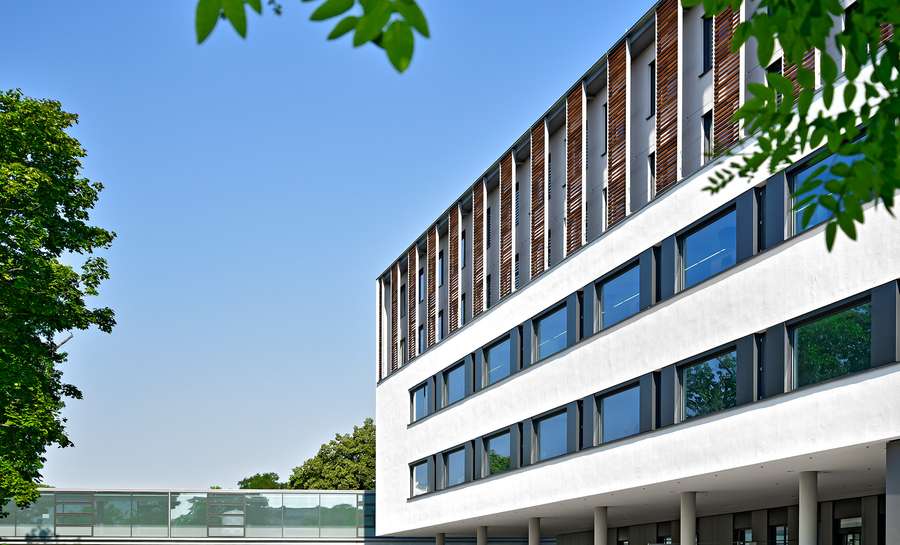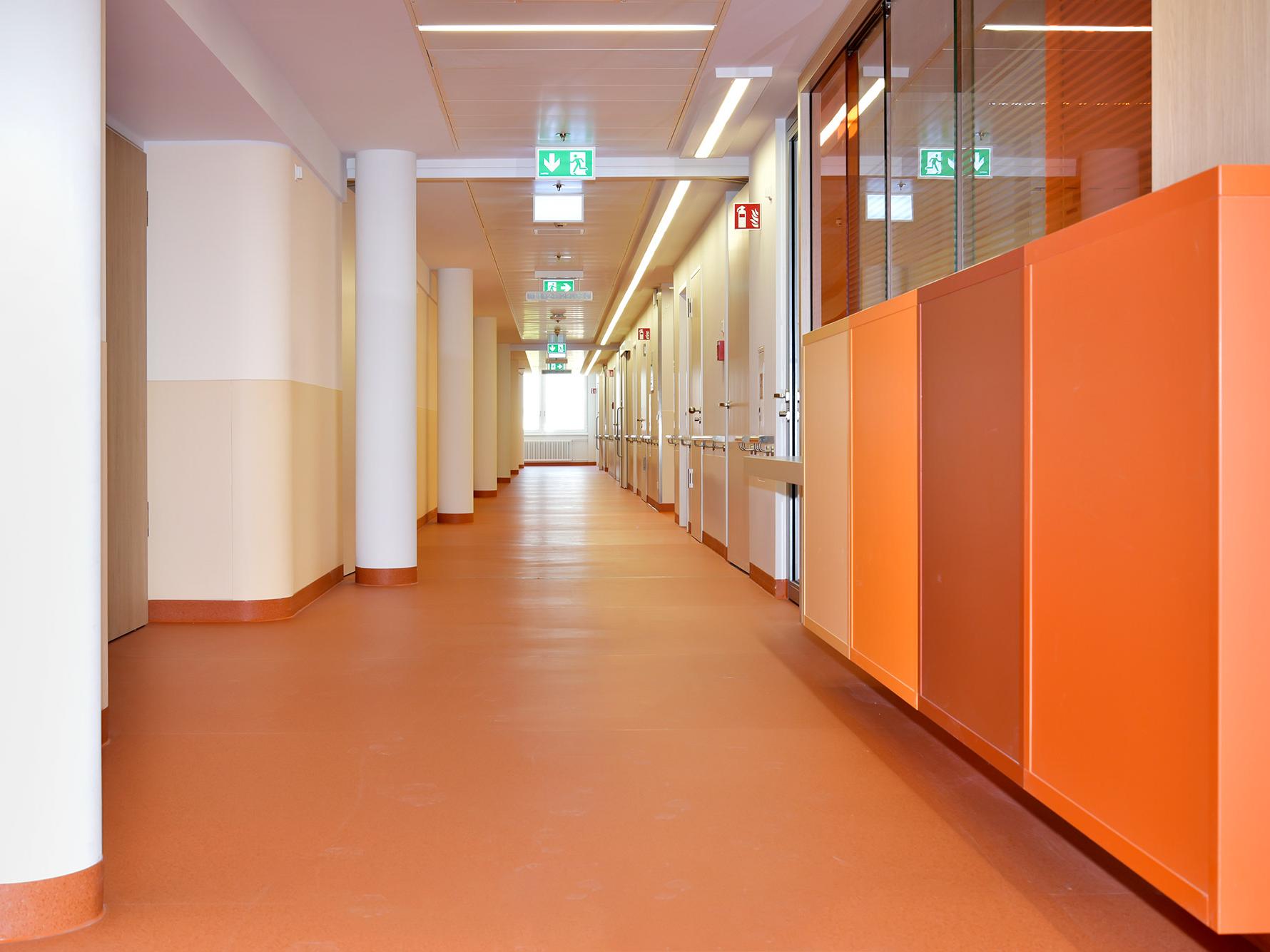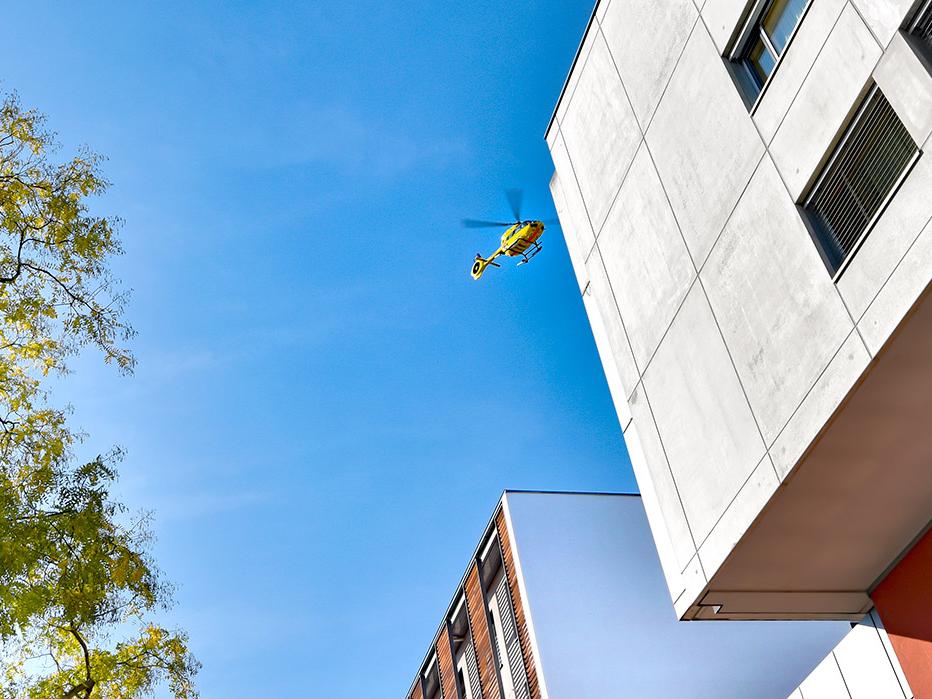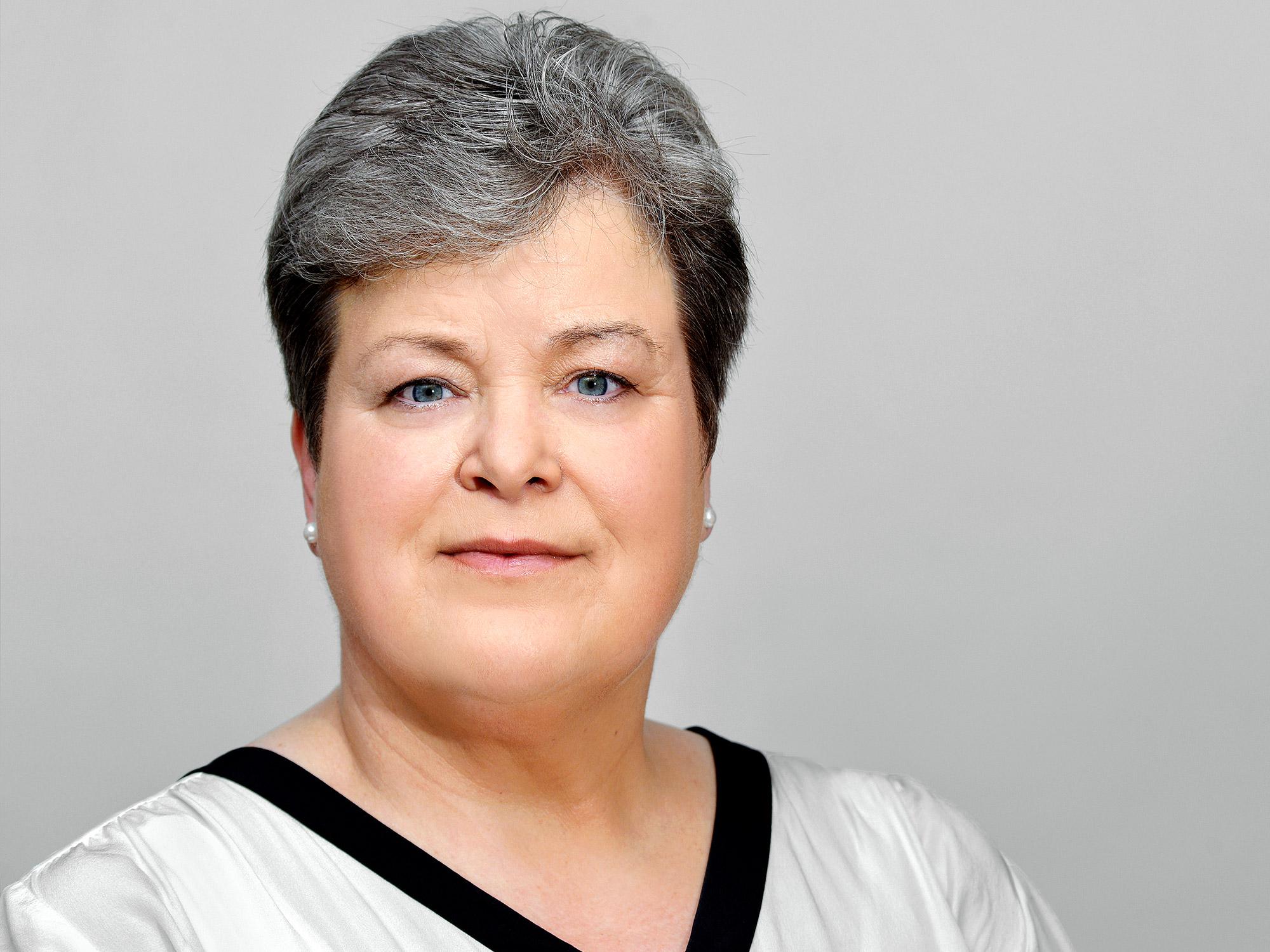
A fulfilling life for the favourite profession
Head nurse Ingrid Schultz from the Dresden University Hospital Carl Gustav Carus
Ingrid Schultz, Head of Nursing at the University Hospital Carl Gustav Carus in Dresden, retires. After 47 years of service, she literally works until the last second. When we talk to her on her penultimate day, she seems so energetic, as if she's just starting.
Nurse Ingrid, please introduce yourself.
I already started my training as a paediatric nurse in 1971 at the company as a 17-year-old. After an exciting time in paediatric surgery, where I was also placed during my training as a "specialist nurse for anaesthesia and intensive care in childhood", the medical school called for me. While working at the hospital I studied medical education and worked as a teacher. After that, I returned to practice, worked in the neonatal intensive care unit and since 1997 as head nurse for several clinics: urology, neurosurgery and anaesthesia.
Which tasks are part of your job?
The main task is the organisation of the nursing service in the clinics. This includes e.g. organisation of work processes, cost control, verification of compliance with standards, assurance and further development of quality, complaint management, cooperation with other professional groups -also with purchasing and warehousing. But the challenge is the personnel management. In addition to the review of work and vacation schedules, these include, above all, the creation of job satisfaction, employee motivation, personnel development, mentoring and further training of employees as well as recruiting. In doing so, I have to take care that enough suitable and qualified personnel are available. In the past, we have been able to choose from many good applicants, but now it is getting more difficult, both in terms of the number of candidates and their qualifications. The interest that my generation has shown in their favourite profession is shifting more and more to leisure time among the younger generation. Of course, low pay and growing challenges in the nursing field are also reasons why too few young people are interested in the job. The requirements are growing, not only regarding the nursing tasks, which are physically demanding and often have to be done within tight budget, but also in the technical area and documentation, whereby the technical progress also constitutes the interesting aspect in the profession. Just look at your beds: in the past, bed adjustments had to be changed mechanically by hand, then came electric beds and today patients can operate the bed themselves - which is also a great relief for the nurses.
Were you also involved in choosing the beds in your facilities?
As Deputy Nursing Director I had a lot to do with tenders, selection and desired improvements. As a practitioner, I knew what nursing staff and patients like or don’t like. Almost all of our approximately 2,000 beds are from Stiegelmeyer. We use the models Seta and more recently also Puro. The fact that all beds come from the same manufacturer makes our work easier: we no longer need signs with "Ward X or Y" on the beds but can reprocess them manually in our central bed checkpoint and then immediately make them available for allocation to all wards.
Which bed details are important to you and what do you wish for the future?
Previously, there was the problem that the handsets have fallen off and retainers have broken off or that you moved with the castors of the bed over the cable. In the newer models, this has improved, the handset is more stably attached to the safety sides. We only use split safety sides to avoid deprivation of liberty measures. We like the middle support of the safety sides. Patients can pull themselves up so that often only one instead of two nurses has to help with the mobilisation. Very important for us is a large height adjustment range of the beds to protect the back of our nurses. Only at the right working height can we perform kinaesthetic or physiotherapies. Also used is the bed extension - when I think of my urology department, there are many tall men in bed. As for the castors, there are many different types available, and our transporting personnel is included in the selection. A permanent theme is the smooth running of the castors, there always remains room for improvement.

How do you assess the importance of digital assistance systems in hospital beds in the future?
There are areas where I can well imagine such extra surveillance, for example, geriatrics and psychiatry. However, at normal wards one has to ask the question: what should the caregiver pay attention to? During the night shift on a normal ward, it avails to nothing if it there are even more warning signals and beeps. The choice which beds and how many additional systems should be used on them, has to be well thought out: when will it result in greater safety for the patient and when is too much? Today's patients are often already connected to a monitor, even on standard wards.
Are you looking forward to retirement?
Yes, in any case. I could go on physically and with pleasure, but I think now is the time to let people with new ideas take a shot. If, after a few months, my retirement is really boring, I can teach as a medical educator again. I already have inquiries. But right now I want to travel first. My holiday on Lake Baikal in Siberia is booked. Then I would like to cycle the Elbradweg. Now it's time to come down.
We wish you a wonderful time and good health. Thank you for the interview!









